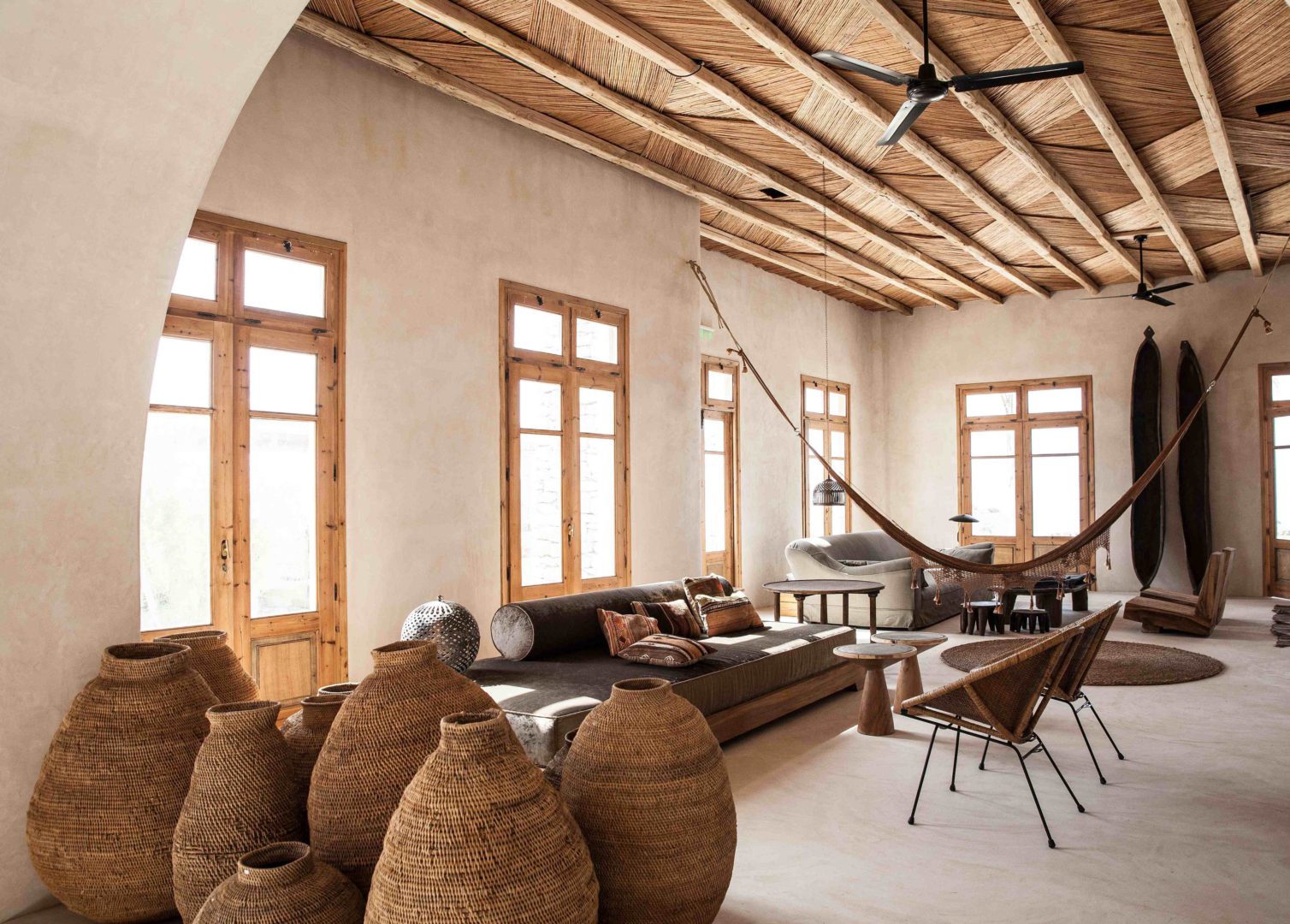
Wabi-sabi is a unique style which has penetrated the field of architecture, interior design, the arts and fashion. It has its roots in ancient Japan, in Zen monks and tea masters.
Wabi-sabi, which draws significantly on Buddhist and Zen teachings and shares its values with them, is not only an artistic direction but also a life style. Much is already revealed by name of this style itself, which originated with the combination of two multi-layered concepts. Wabi symbolizes the desire for something, but likewise reconciliation with loss, uncertainty, simplicity and a moving away from material life. The concept of Sabi then describes a kind of melancholy mood following from impermanence and decline.
The Beauty of the Imperfect

Wabi-sabi thus teaches one to live in the present moment and accept change, finality and decline as a natural result of natural processes. It accentuates the beauty of all the incomplete, imperfect, impermanent and derelict things. The wabi-sabi style is strongly coherent with nature and its mutability and proclaims a return to traditions and to roots. All of these attributes of the wabi-sabi style are also strongly ascribed to interiors, which are arranged in this spirit and which feature modesty, simplicity, austerity and asymmetry.
Appealingly Old
The basic essence of interiors furnished in the spirit of wabi-sabi are natural materials. Floors, walls and other architectural elements are made from natural wood or stone – these materials are always used in their purest forms, in original shades and without visible working. Furniture and other interior furnishings are also made from natural materials, chiefly from wood, stone and metal. This usually involves second-hand or handmade furniture showing noticeable signs of aging, wear and decay, which in the spirit of the wabi-sabi philosophy adds value and beauty to it. Wabi-sabi is an orientation boldly ecological and thrifty, because it seeks untraditional uses and a new purpose for all old, broken and unneeded things.

Decorative Roots of Tradition
The thriftiness of wabi-sabi is reflected not only in the style, but also in the number of interior furnishings. Wabi-sabi interiors are arranged very modestly, and only with truly necessary pieces of furniture. Interior accessories and decorations are likewise scant –ceramics, stone and metal containers, woven baskets and textile accessories from natural materials that also have practical uses are permitted. Large pictures emphasizing motifs in this spirit and ritual items referring to Buddhistic or Zen traditions are found as pure decoration in wabi-sabi interiors.

The composition of colour palettes is also inspired by nature – interiors are most often decorated in shades of brown, grey and green – and the wabi-sabi style abundantly works mainly with understated, rich and dark tones of these shades. The colour black is used as an interesting variation.
The aim of wabi-sabi is to create a frank, natural and at the same time highly aesthetic space, where its residents will strive to find the path to internal calm and harmony.
Text: Monika Kovačková, photo: http://annabellkutucu.com, www.architonic.com













































































